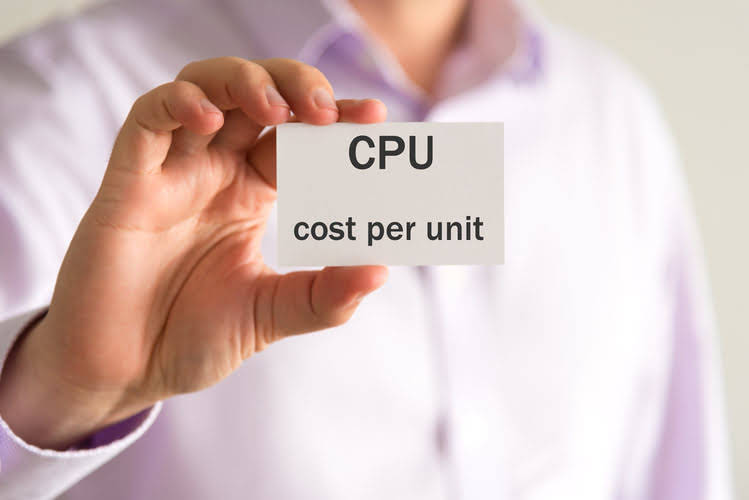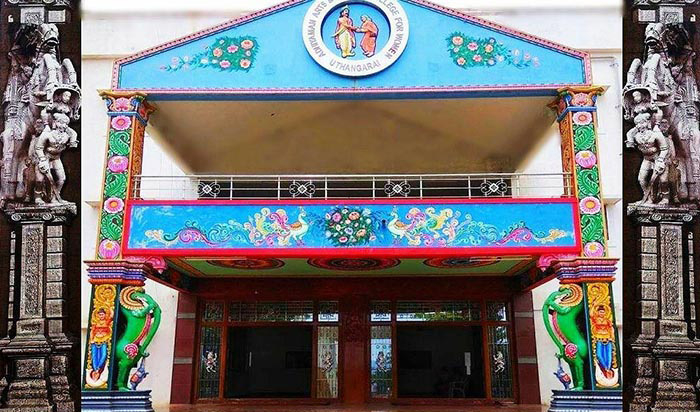
Companies estimate salvage value to determine the amount to which an asset’s value is depreciated over its useful life. Depreciation is the allocation of an asset’s cost over its expected lifespan. By subtracting the salvage value from the original cost, companies can calculate the carrying value of the asset after depreciation. This carrying value serves as an essential indicator of an asset’s remaining value on the company’s balance sheet. Regardless of the method used, the first step to calculating depreciation is subtracting an asset’s salvage value from its initial cost. Salvage value is the amount for which the asset can be sold at the end of its useful life.
Summary of Key Points and Recommendations for Future Research

The carrying value of an asset as it is being depreciated is its historical cost minus accumulated depreciation to date. Depreciation methods assess an asset’s value over time, influencing financial reporting and tax obligations. Common approaches include straight-line, declining balance, and units of production. Salvage value can how is sales tax calculated be estimated using different methods, such as book value, market value, scrap value, or replacement value.

Salvage Value vs. Other Values

Salvage value or Scrap Value is the estimated value of an asset after its useful life is over and, therefore, cannot be used for its original purpose. For example, if the machinery of a company has a life of 5 years and at the end of 5 years, its value is only $5000, then $5000 is the salvage value. Net present value (NPV) is the difference between the present value of the cash inflows and the present value of the cash outflows of a project. It measures the net benefit or loss of investing in a project, taking into account the time value of money.
- Starting from the original cost of purchase, we must deduct the product of the annual depreciation expense and the number of years.
- The balance sheet shows the net book value of an asset, which is the original cost minus accumulated depreciation, helping stakeholders understand the asset’s current worth.
- Generally, salvage value increases the NPV and IRR of a project, as it reduces the net investment and increases the net cash flow.
- Conversely, if the sale price is lower than the adjusted tax basis, the difference may be deductible as an ordinary loss, depending on the asset’s classification.
- Big data is a term that refers to the large and complex datasets that are generated by various…
- The car salvage value calculator is going to find the salvage value of the car on the basis of the yearly depreciation value.
- If a company believes an item will be useful for a long time and make money for them, they might say it has a long useful life.
How to Calculate After Tax Salvage Value
It uses the straight-line percentage on the remaining value of the asset, which results in a larger depreciation expense in the earlier years. The depreciation rate is influenced by the asset’s useful life, salvage value, and the method of depreciation chosen, such as the straight-line or double-declining balance method. Imagine you are an employee of a mid-sized company tasked with evaluating the financial after tax salvage value viability of a major equipment upgrade. The current machinery, after years of service, is approaching the end of its useful life. You’re faced with the decision of whether to sell it or keep it until it becomes obsolete.

From time to time, I will invite other voices to weigh in on important issues in EdTech. We hope to provide a well-rounded, multi-faceted look at the past, present, the future of EdTech in the US and internationally. This way, the salvage value helps in determining the depreciation; which is an integral part of accounting. In such cases, the insurance company decides if they should write off a damaged car considering it a complete loss, or furnishing an amount required for repairing the damaged parts. So, in such a case, the insurance company finally decides to pay for the salvage value of the vehicle rather than fixing it. Let’s say the company assumes each vehicle will have a salvage value of $5,000.
What if the Salvage Value of any Asset is Zero?
On the other hand, book value is the value of an asset as it appears on a company’s balance sheet. It is calculated by subtracting accumulated depreciation from the asset’s original cost. The double-declining balance (DDB) method uses a depreciation rate that https://www.bookstime.com/ is twice the rate of straight-line depreciation. Therefore, the DDB method would record depreciation expenses at (20% × 2) or 40% of the remaining depreciable amount per year. An asset’s depreciable amount is its total accumulated depreciation after all depreciation expense has been recorded, which is also the result of historical cost minus salvage value.
- This method assumes that the salvage value is a percentage of the asset’s original cost.
- With a large number of manufacturing businesses relying on their machinery for sustained productivity, it is imperative to keep assessing the equipment they own.
- You’re faced with the decision of whether to sell it or keep it until it becomes obsolete.
- So, total depreciation of $45,000 spread across 15 years of useful life gives annual depreciation of $3,000 per year.
- But generally, salvage value is important because it’s the value a company puts on the books for that thing after it’s fully depreciated.
- The depreciation rate is influenced by the asset’s useful life, salvage value, and the method of depreciation chosen, such as the straight-line or double-declining balance method.
- Depreciation is the allocation of an asset’s cost over its expected lifespan.
With a large number of manufacturing businesses relying on their machinery for sustained productivity, it is imperative to keep assessing the equipment they own. Constant use and other factors like the nature and quality of these assets cause a continual deterioration. Salvage value is defined as the book value of the asset once the depreciation has been completely expensed. It is the value a company expects in return for selling or sharing the asset at the end of its life. Companies take into consideration the matching principle when making assumptions for asset depreciation and salvage value.






